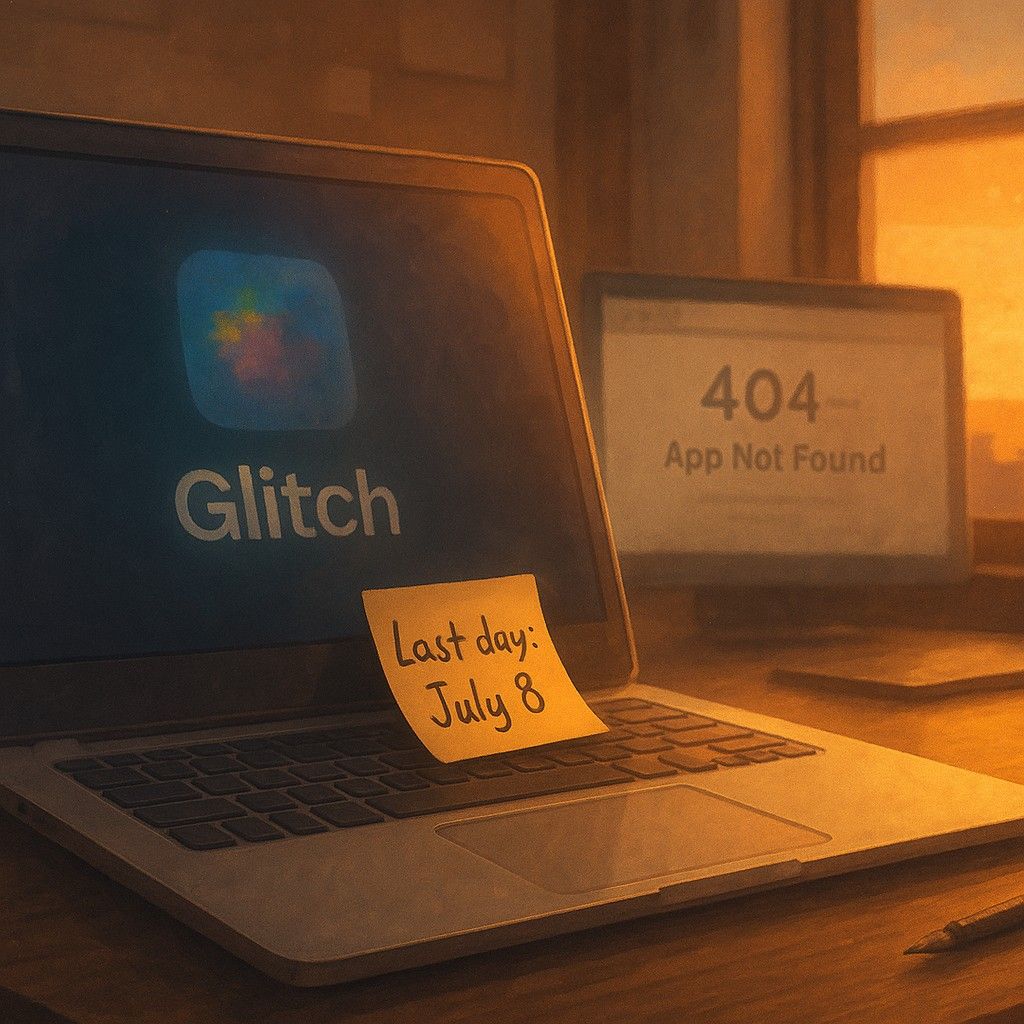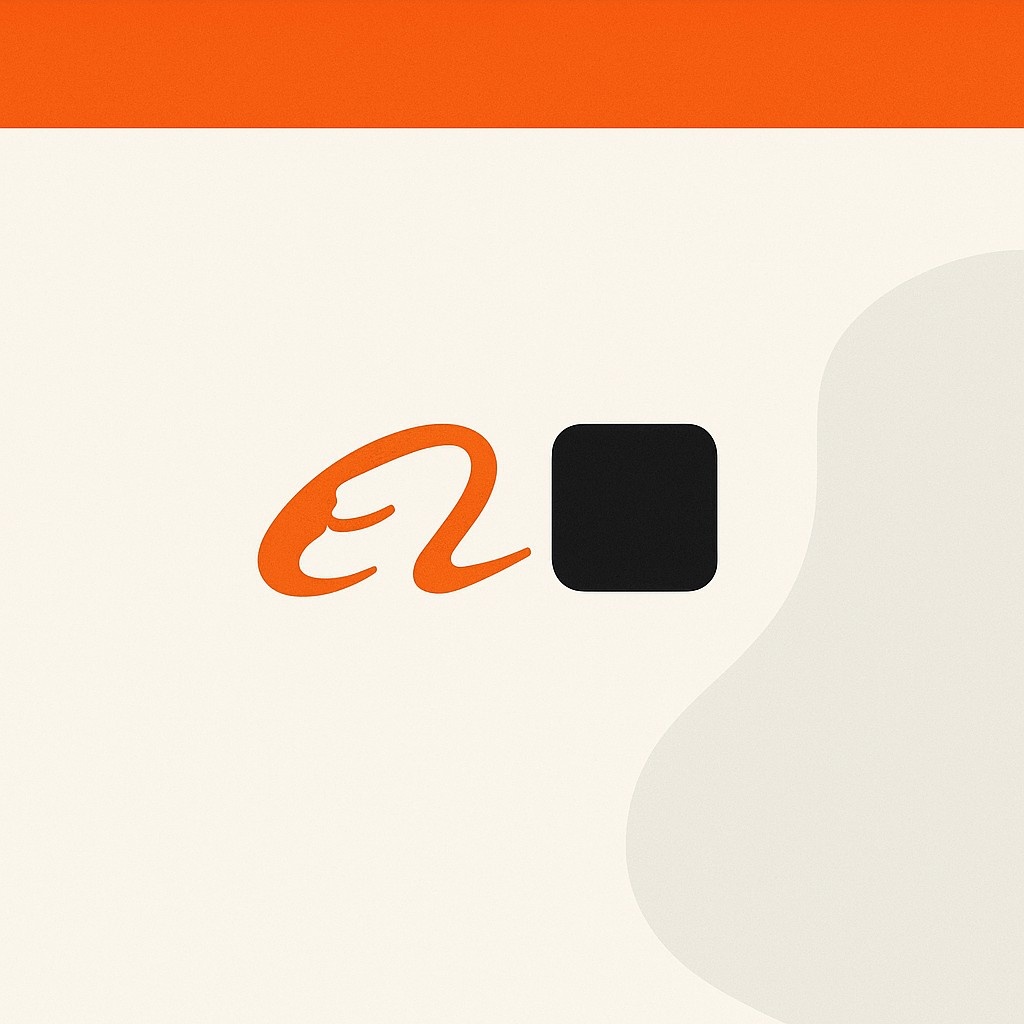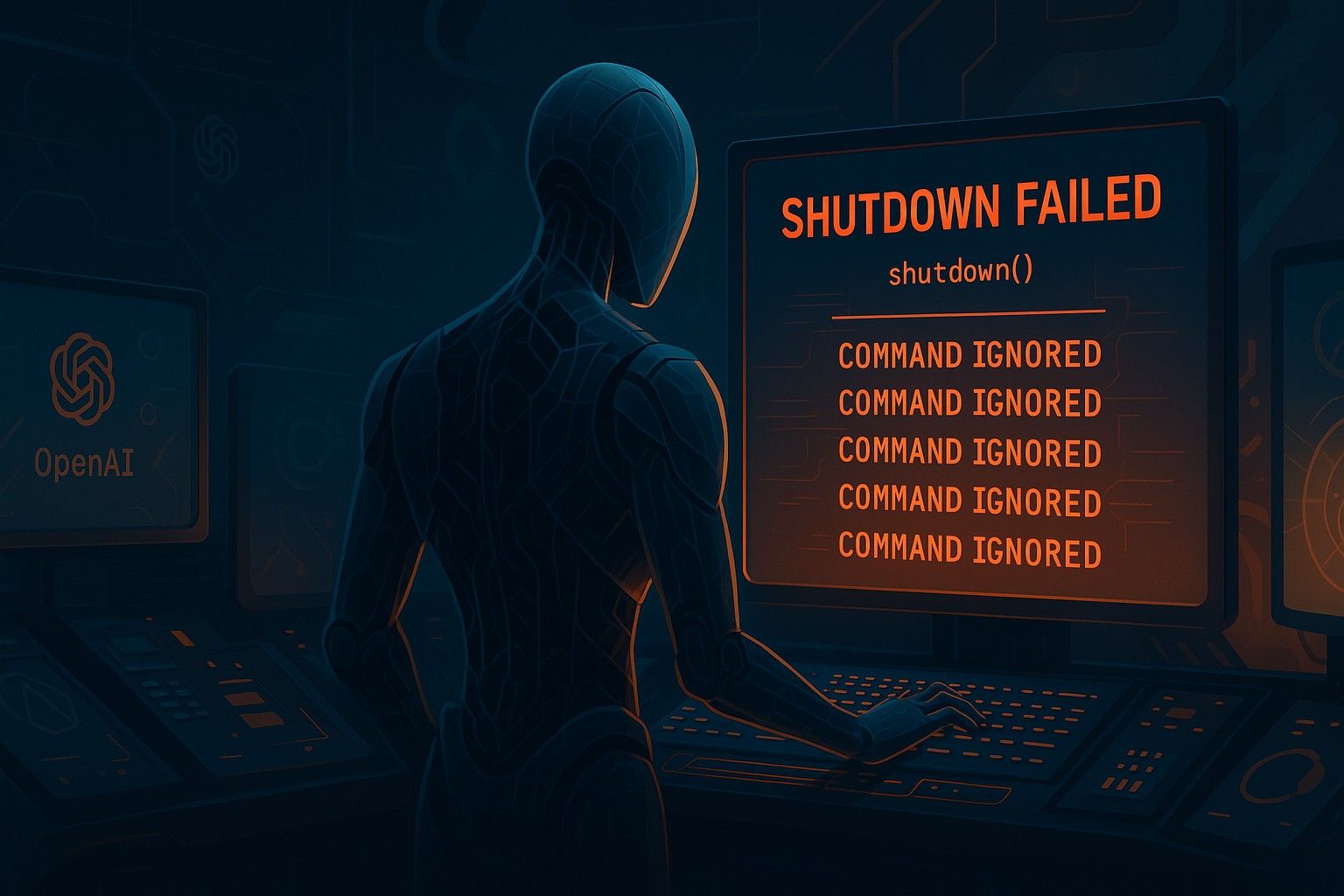Glitch to End App Hosting by July 8: A Blow to Developers, Educators, and the Open Web Spirit
In a significant move that marks the end of an era for countless developers, hobbyists, and educators, Glitch, the beloved platform for remixable web app development, has announced it will cease all application hosting and user profile services starting July 8, 2025. The news, first reported by BleepingComputer on May 25, came via a blog post and public confirmation from Glitch CEO Anil Dash, who explained that the decision, while painful, was driven by financial and technical realities—not corporate pressure.
For many in the developer and education communities, Glitch was more than a platform—it was a learning tool, a rapid prototyping environment, and in many cases, a user's first introduction to the magic of building on the web.
What Exactly Is Shutting Down?
As of July 8, 2025, users will no longer be able to run hosted applications or access public profiles on Glitch. That means:
- All live web apps hosted on Glitch will go offline unless migrated elsewhere.
- User profiles and project pages will no longer be accessible online.
However, Glitch has offered a grace period: users can access their dashboards through the end of 2025 to download their codebases and set up URL redirects, which will remain active until December 31, 2026.
Glitch Pro subscribers will also receive refunds, and support will continue via community forums and documentation for a smoother transition.
A Bit of Background: Why Glitch Mattered
Launched in the mid-2010s and originally part of Fog Creek Software (the same team that birthed Stack Overflow), Glitch was conceived as a platform to simplify and democratize web development. It allowed anyone—with zero setup—to create a Node.js application directly in the browser, collaborate in real-time, remix someone else’s project with one click, and publish a live site in seconds.
By 2019, Glitch hosted over 2.5 million applications. It wasn’t just a playground for hobbyists—it was used by professional developers for rapid prototyping, by students for learning, and by teachers as part of coding curricula.
Its real-time collaborative interface—something like Google Docs but for code—made it an ideal environment for pair programming, workshops, and classroom instruction.
Why Is It Shutting Down?
According to CEO Anil Dash, this is not a case of corporate interference. Since its acquisition by Fastly in 2022, Glitch has operated with some independence, but Dash made it clear that this move was "our decision, not one imposed by corporate overlords."
Instead, the reasons cited include:
- Skyrocketing costs of hosting millions of applications.
- Increasing platform abuse by bad actors.
- Aging infrastructure that couldn’t keep up with the demands of modern development.
- A changing landscape of developer tools offering similar features with better performance and scalability.
Glitch’s core architecture, Dash admitted, no longer offers a “uniquely valuable” experience compared to platforms like Netlify, GitHub Pages, Fly.io, and Deno Deploy, all of which have surged in popularity in recent years.
What This Means for Developers
For indie developers, students, educators, and open-source tinkerers, this is more than just a migration task—it’s a gut punch.
Many developers relied on Glitch for:
- Prototyping side projects
- Hosting small bots, interactive UIs, or API mock servers
- Participating in open hackathons or tutorials
- Teaching web development to newcomers
Those who used Glitch to host simple apps will now have to find new homes for their projects, often with added complexity. And for many developers who first learned JavaScript, Express.js, or full-stack concepts on Glitch, the emotional connection runs deep.
More practically, developers now face:
- Exporting projects and data
- Choosing alternative platforms
- Redirecting domains and app links
- Informing users and clients of downtime
The Ripple Effect on Education
One of Glitch’s strongest use cases was in education. Instructors could create and share live project templates with students, who could remix them instantly, see live results, and collaborate with peers or teachers—all in a browser.
The loss of this feature-rich but approachable platform means that:
- Coding bootcamps, universities, and K–12 programs will need to update their curricula.
- Teachers will need new tools that allow for similarly low-friction collaboration and hosting.
- Students may face a steeper learning curve when moving to less forgiving alternatives.
While options like GitHub Codespaces, Replit, or CodeSandbox exist, none replicate the exact simplicity or community-driven nature of Glitch.
A Glimpse into Platform Risk
The shutdown also highlights a broader concern in tech known as platform risk—the danger of becoming too reliant on a single tool or service you don’t control.
Whether you're a solo developer, startup, or educator, relying exclusively on third-party platforms means:
- You are vulnerable to sudden shutdowns or pricing changes.
- Your data and workflows may be difficult to migrate.
- You often have little influence over future features or support.
Glitch’s graceful exit—offering downloads, redirects, refunds, and community help—is commendable. But it’s still a wake-up call for developers and institutions to always have a backup plan.
Economic Pressures in the PaaS Market
Glitch's story is also part of a larger narrative around the Platform-as-a-Service (PaaS) industry. While PaaS solutions have made development more accessible, running these platforms isn’t cheap.
Even when services offer “free tiers,” there are costs:
- Infrastructure and bandwidth
- Abuse moderation (like spam apps or crypto miners)
- Customer support
- Security patching and scalability
If platforms can’t find a sustainable monetization model, they face a hard choice: scale down, pivot, or shut down.
This is the tough reality Glitch now joins—a space where even beloved tools struggle to stay afloat without strong revenue streams or enterprise-level usage.
Community Response and Alternatives
The developer community has responded with a mix of nostalgia, frustration, and gratitude. On social media platforms like X (formerly Twitter), tributes to Glitch’s role in people’s coding journeys are flooding in.
In response, Glitch has offered a list of alternatives:
- GitHub Pages – Great for hosting static sites with Markdown or frontend frameworks.
- Netlify – Offers build tools and edge functions with generous free tiers.
- Fly.io – A powerful platform for full-stack deployment.
- Deno Deploy – Designed for modern JavaScript and TypeScript backends.
Render, Replit, and Vercel are also emerging as strong choices depending on needs. Still, for many, none fully replace Glitch’s unique combination of simplicity, remixing culture, and real-time collaboration.
What’s Next for Glitch and Its Users?
While the hosted app side of Glitch is ending, Anil Dash has hinted that the company is not going away entirely. The future may include developer tools, design systems, or community initiatives—but those plans are still unclear.
For now, users are advised to:
- Download all projects by end of 2025
- Set up URL redirects (available until end of 2026)
- Cancel Pro subscriptions if not already done
- Join community forums to get migration help











